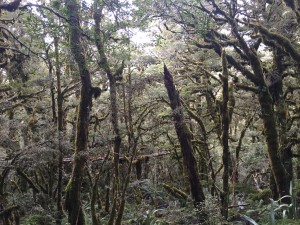
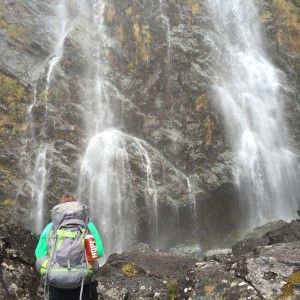

During the second half of term break, we were set to tramp one of New Zealand’s 9 Great Walks, but due to considerable avalanche risk in the middle of the track, we were only able to hike a portion of the track. It was pretty cloudy most of the track, but I think that added all the more to the wonder and sublimity the walk. It was like walking through a movie. About two hours into the track, we came upon one of the most incredible views I’ve ever witnessed: a cliff, a couple hundred meters tall with water rushing down into a pond below. I only wish pictures could do it justice. We stood in awe of this impeccable piece of creation for a moment before continuing on. There definitely was no doubt as to why this was considered one of New Zealand’s Great Walks. It took just over four hours to reach our DoC hut where we would spend the night. Legs sore from the long hike, we quickly ate our PB&J before heading straight for our beds. When the rain wasn’t letting up the next morning, we decided to head back out anyways. After some rushing stream leaping, thunder and lightning, running, and three ours of tramping, we made it back to the car park. We were soaking wet, cold, and exhausted, but we had just witnessed some of New Zealand’s wonders and made it out mostly in one piece, so we were contented. We left in perfect time for Dunedin as the road closed shortly after due to considerable avalanche and tree falling risk.
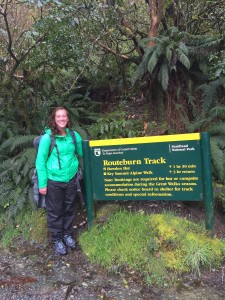
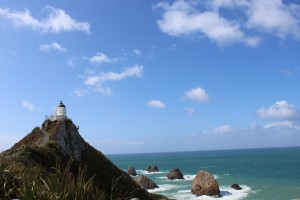
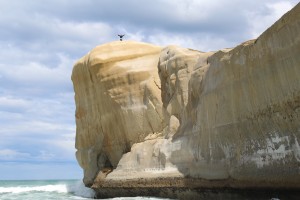


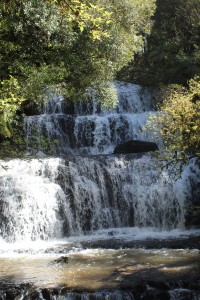 Dunedin is New Zealand’s university town so the streets were lively and coffee shops were every ten feet. Our first day in Dunedin was spent taking a scenic drive to Nugget Point for some more amazing views before spending the afternoon in the Botanical Gardens for a walk and nap amongst the spring blooms. Day 2 consisted of a drive around the Otago Peninsula in search of some penguins and albatross but had no such luck. We did take a walk through the sand up to Sandymount for some panoramic views though. The walk continued through sheep pastures to The Chasm and Lover’s Leap. We ended the day at my favorite place on the entire trip: Tunnel Beach. If you want to realize just how small you are in this big world, go to Tunnel Beach and stand on top of the cliff and have someone take your photo from below. Sometimes I can’t help but imagine how much fun God probably had in creating such wonders. New Zealand definitely must have been a favorite of His.
Dunedin is New Zealand’s university town so the streets were lively and coffee shops were every ten feet. Our first day in Dunedin was spent taking a scenic drive to Nugget Point for some more amazing views before spending the afternoon in the Botanical Gardens for a walk and nap amongst the spring blooms. Day 2 consisted of a drive around the Otago Peninsula in search of some penguins and albatross but had no such luck. We did take a walk through the sand up to Sandymount for some panoramic views though. The walk continued through sheep pastures to The Chasm and Lover’s Leap. We ended the day at my favorite place on the entire trip: Tunnel Beach. If you want to realize just how small you are in this big world, go to Tunnel Beach and stand on top of the cliff and have someone take your photo from below. Sometimes I can’t help but imagine how much fun God probably had in creating such wonders. New Zealand definitely must have been a favorite of His.
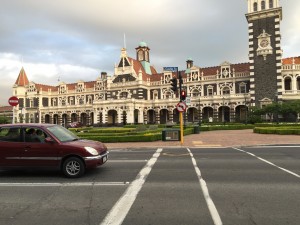

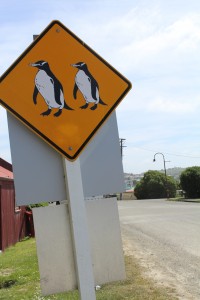

On our final day in Dunedin, we took a walk up the steepest street in the world, killing our calves even more, before heading north toward Christchurch. We made stops along the way, visiting the Moeraki boulders (a really cool geologic formation) and an old Victorian town. We spent the night in a small town at a friend’s mom’s farm. We fed baby lambs, watched the sunset, got our cute dog fill, and ate a real meal that did not involve peanut butter or jelly. We also visited her work the next morning to get a sneak peak at the milking industry. Aside from the cow dung that ended up all over my clothes, it was a pretty neat experience. We concluded our journey in Christchurch where we caught a bus back to Kaikoura.

By the end of the trip, my wallet was empty but my heart was so full. I experienced so many of New Zealand’s natural wonders, grew in fellowship with four wonderful women of Christ, and ate my weight in PB&J. Thanks for memories this week, New Zealand.


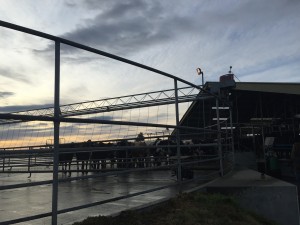

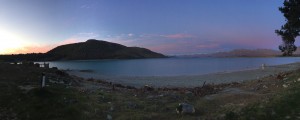
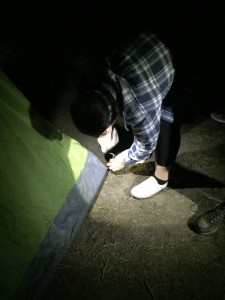
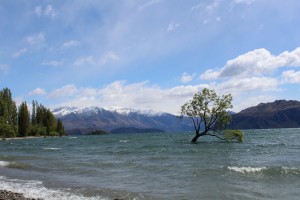
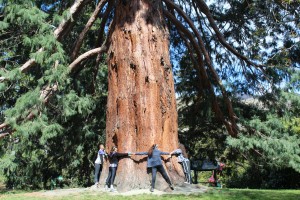

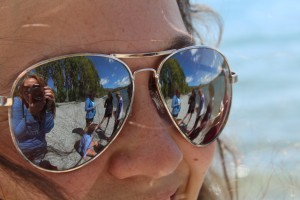

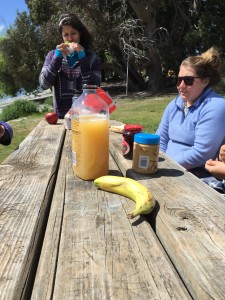

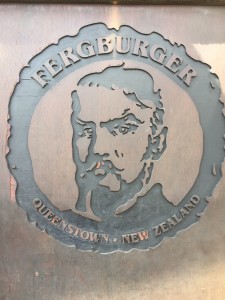
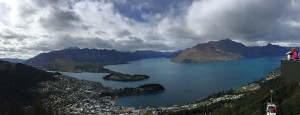

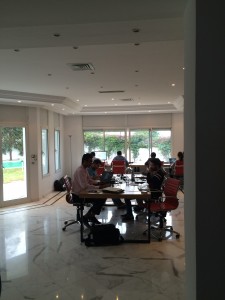


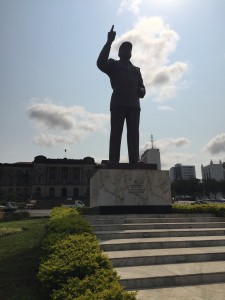

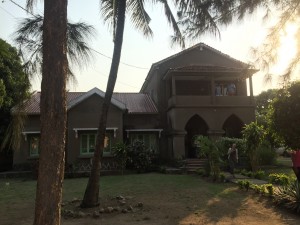
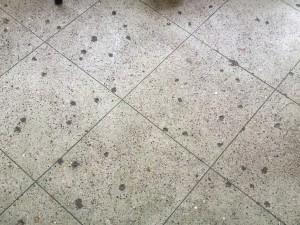
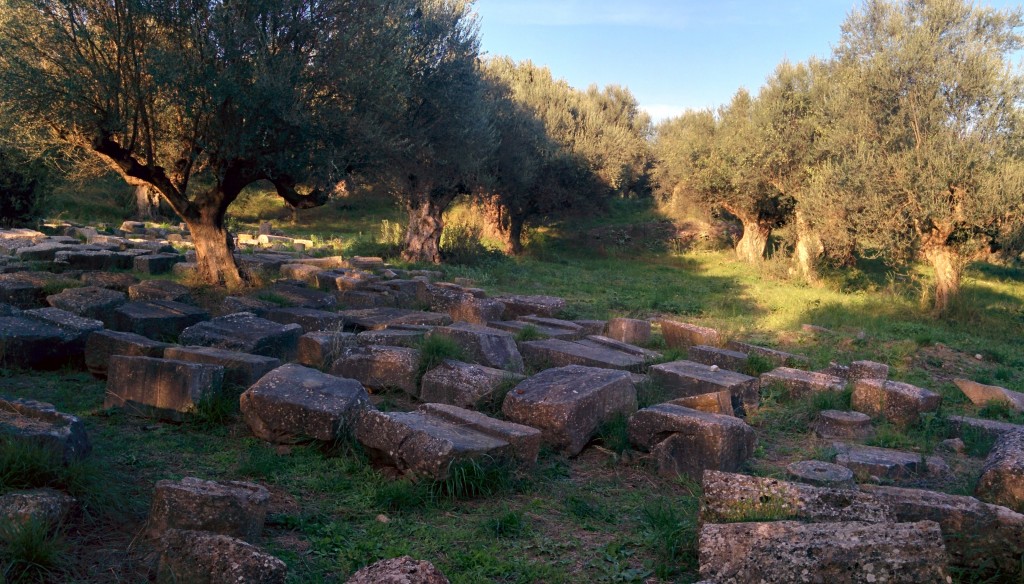
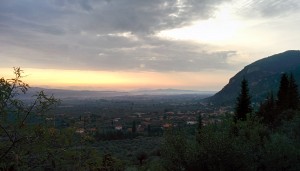
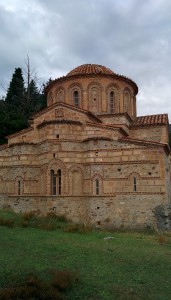

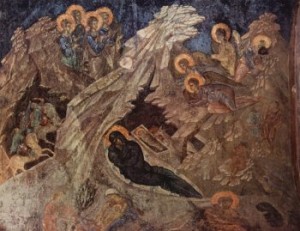


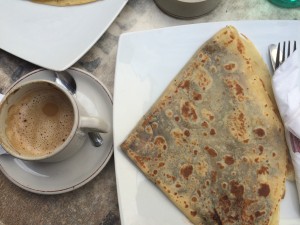

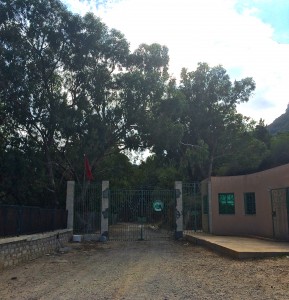
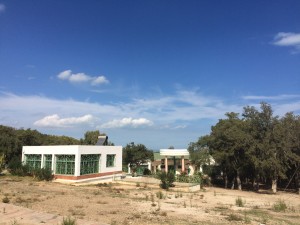
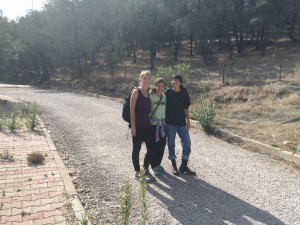
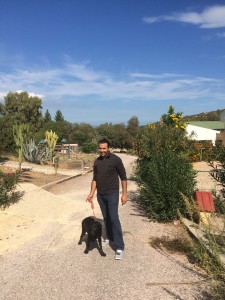
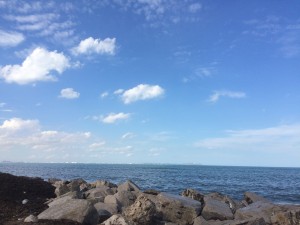

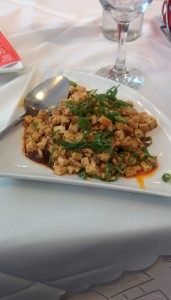
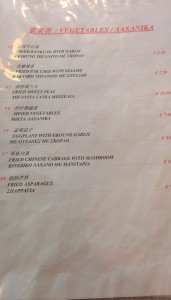
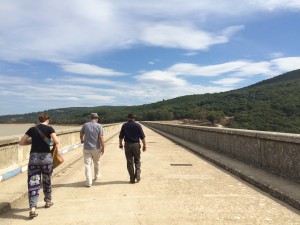
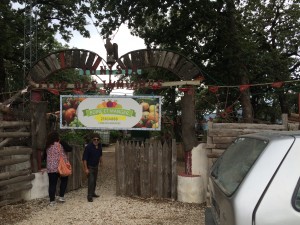

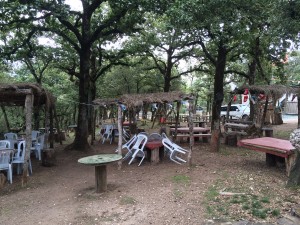
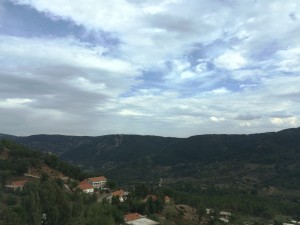
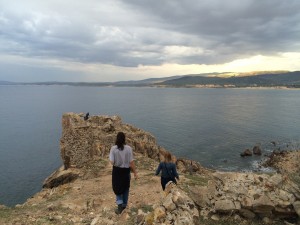
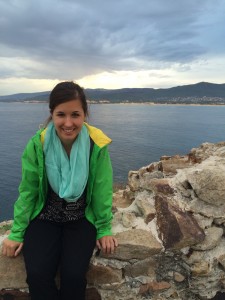
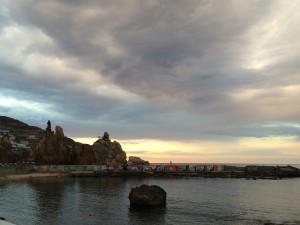
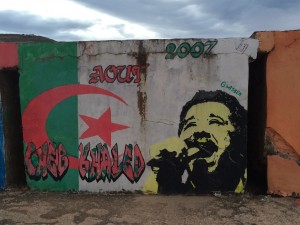
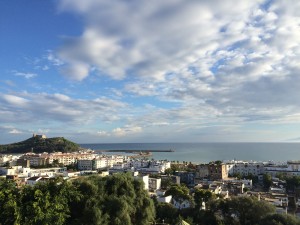
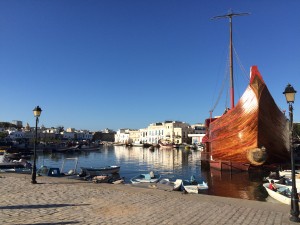
You must be logged in to post a comment.